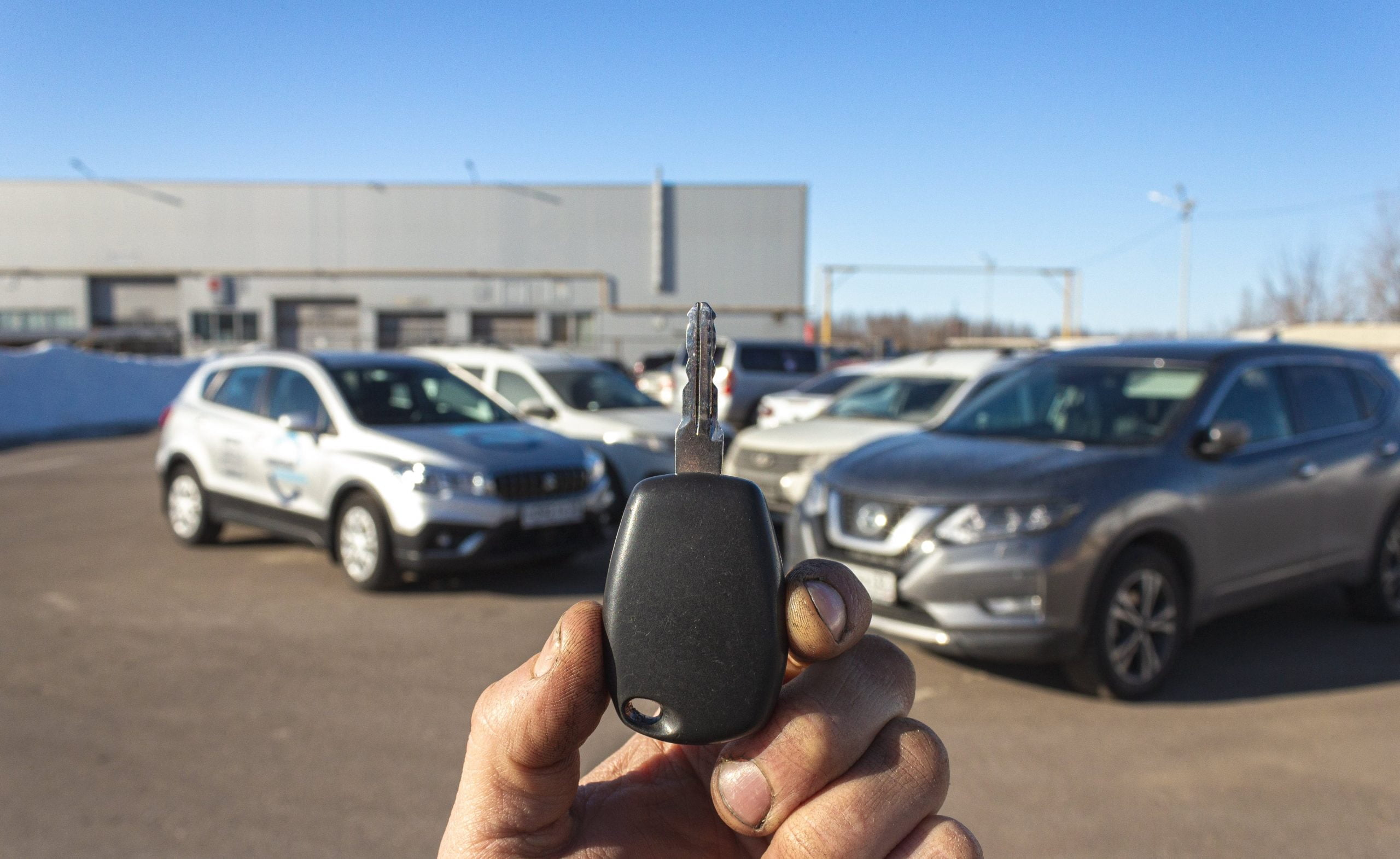A car is generally considered total if the repair costs exceed the value of the car. Some states have laws that define a vehicle that boils down to certain thresholds. In Alabama, for example, a car can be summarized if the damage represents more than 75% of its value. In this case, the vehicle is likely to be considered total if a vehicle is worth $ 5,000 and the repair estimate is $4,000.
In other cases, the insurer determines whether a vehicle is considered a total loss.
Full coverage and collision coverage helps pay to replace a whole vehicle. These two separate covers are generally required in your car insurance when you rent or finance your vehicle. If your car is paid, they are optional. However, if your vehicle is global and not complete or safe from collisions, you may have to pay out of pocket to purchase a replacement vehicle.

WHAT HAPPENS IF MY CAR IS TOTAL IN THE EVENT OF AN ACCIDENT?
If you are involved in a car accident, you need to follow a few basic steps before and after your vehicle is classified as total: Contact your representative and take out an insurance claim. Your insurer will use repair costs to determine if the vehicle is a total loss. Your insurer will issue payment of the actual cash value of the entire vehicle less your deductible for your full coverage or collision.
HOW WILL THE VALUE OF MY CAR BE DECIDED?
To determine the value of your car (the “real cash value” in terms of insurance) at the time of the accident, insurers usually use a number of factors to calculate the real cash value of your car, including your age and condition, mileage and resale value, in addition to the sale price of similar vehicles in your area.
DO I HAVE TO PAY A LOAN FOR A TOTALIZED CAR?
If you finance an estimated overall car, your insurance company will likely pay the damage check to you and your lender. This means that you have to make an agreement with your lender on how this money can be released. says the Insurance Information Institute (III). Usually, the lender is paid back first, then the remaining money is paid.
You may still owe your lender more for the car than the insurance payment you receive. In this case, you are responsible for paying the remaining amount of the lease or car loan. For example, suppose you owe $ 15,000 on your car loan, but the total value of your vehicle has increased to $13,000. If you have collision insurance, your insurer will reimburse you the real value of your car, in this case, $13,000. You will have to pay your lender this amount plus the remaining $2,000 from your own pocket.
Adding credit or leasing spreads to your auto insurance is one way to protect yourself from paying a lender for an entire vehicle. Depending on your insurer, this optional coverage may be available as part of a package or as a separate coverage. May also be available only for new cars
What If The Total Loss Was Not My Fault?
In some cases, a total car may not be everyone’s fault. For example, suppose a tree falls on your parked car and your insurer explains that it boils down. If you have full coverage for your auto insurance, you will likely be reimbursed for the real cash value of your vehicle (again minus your deductible).
If your car is added to an accident caused by another driver, your collision coverage may come into play. However, your insurer may request reimbursement from the driver’s primary insurer to cover the damage. In some cases, this may mean that the deductible deducted from your insurance payment will also be refunded.
MY AUTO-AIRBAGS USED: IS IT A TOTAL LOSS?
If your vehicle’s airbags deploy in a car accident, it does not necessarily mean that your car is a total loss. Your insurer will assess the situation and determine if the cost of replacing the airbags and repairing your vehicle exceeds the actual cash value. If the repair costs are less than the value of your car, your vehicle is unlikely to report a total loss.





